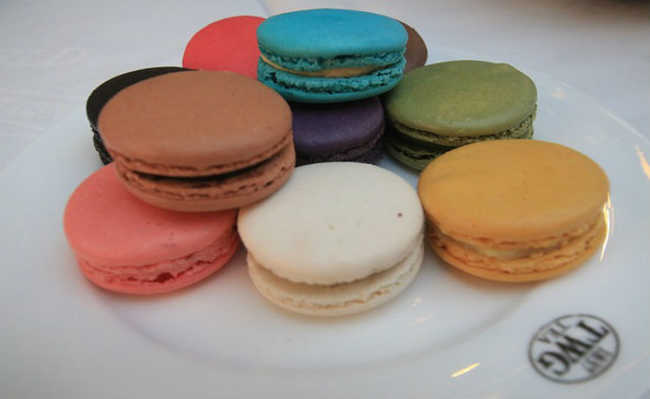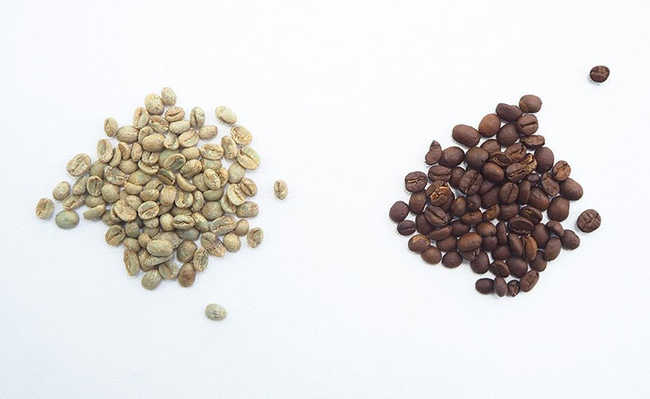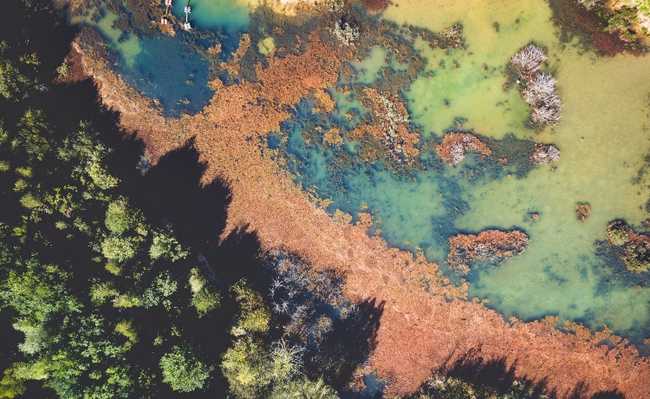Which animals can appear in the composter?
It is very common to find in our composter some animals that often seem scary, but their presence is essential for the production of quality humus

The worms present in the compost dig, travel through the earth (humus) and transform the organic residues, allowing oxygen to enter. A large amount of nutrients is released in earthworm faeces. These two factors provide good conditions for the proliferation of microorganisms. In other words, some bugs in the compost bin may indeed appear, check below which ones are beneficial to the composting system:
Enchytraeids (Enchytraeidae)

Better known as "white worms", they are cousins of the California worm (red - widely used in composters). They are cross-fertilized hermaphrodites. They have terrestrial, aquatic or semi-terrestrial habits. In general, the diet consists of 80% of microorganisms and 20% of organic matter. They act on the decomposition of organic matter, stimulating its colonization by microorganisms, and on the microporosity of the soil. Often seen on flower pot plates, people mistake them for nematodes, which are invisible to the naked eye. White worms are a sign of a healthy mix in your compost bin.
Springtails (Collembola)

They are associated with conditions where there is moisture and organic debris. They are often found near the surface of the compost bin, especially in the first box. They are also commonly found within the soil of potted plants and are perfectly natural in the compost system.
Oribatida mites

It's an order of mites; these range in size from 0.2mm to 1.4mm - they are like small rust colored grains. These mites generally have a low metabolic rate, slow development, and low fecundity. They are found in greater abundance in leafy soils, feed on fungi and plant debris, which facilitates the work of bacteria, effectively decomposing organic matter and releasing essential nutrients to the soil. Thus, these mites play a very important role in the performance of decomposition processes, in addition to being great allies for those who want fertile soil. It is estimated that there are 100,000 to 400,000 mites per square meter of soil.
slugs

They are bright brown in color; they love cool, damp and dark environments like composters, and they don't get in the way of the worms' work or feed on them. Their eggs are usually found under the lid of the compost bin. Important tip: we know that slugs can destroy an entire garden overnight, so keep your composter away from your garden or vegetable garden so that they are harmless under these conditions.
beetles

They are important in the decomposition process, in controlling the insect population and releasing nutrients to the compost. It is worth remembering that there needs to be a balance in the carbon and nitrogen ratio for successful composting.
diplopods

Like slugs, millipedes love cool, damp and dark environments. Their bodies are divided into three segments: head, chest and segmented abdomen. They have a cylindrical shape and have a large number of legs (two pairs per segment). They are herbivores and detritivores (they feed on vegetables and organic matter debris) that help and improve the fixation of decomposing bacteria. The defense strategy of these animals is to wrap the body, pretend to be dead and eliminate a smelly substance that scares away their predators. The feces of diplopods have a high nutritional content, which improves the fertility and texture of the humus produced in the compost.
Pay attention to these little animals so you don't think that something is wrong, as they all contribute to us having great results in our composter, producing quality humus.










